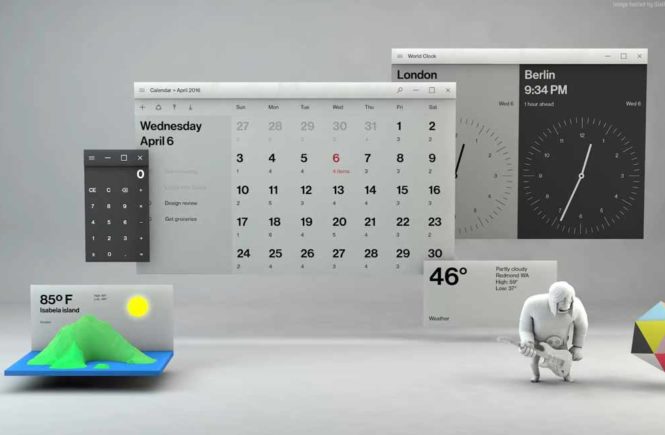People can gain access to your Mac, private files, and sensitive information if you aren’t careful.
Disable Automatic Login
The automatic login feature on your Mac is convenient, allowing you to sign into your account automatically. However, it is not secure. You really should disable the automatic login feature. To do so,
- go to Apple > System Preferences
- and click Users & Groups.
- Then, click Login Options at the bottom of the list of users on the left.
- Next, click the lock at the bottom of dialog box
- and enter your password when prompted.
- This allows you to make changes to the settings.
- Select Off from the Automatic login dropdown list.
You will have to enter your password every time you boot your Mac, but a little inconvenience is preferable to someone getting into your account and accessing your data.
Protect Your User Account with a Secure Password
Now that you’ve disabled automatic login, make sure you have a secure password on your user account. When setting up a Mac, you are asked to enter a password for your user account.
- Go to Apple > System Preferences
- and click Security & Privacy.
- Make sure the General tab is selected
- and click Change Password.
- On the popup dialog box that displays, enter your Old password.
- Then, enter the New password you want to use and Verify the new password.
- Enter a Password hint to help you remember your new password.
- Click Change Password.
You should also password protect your Mac when it goes to sleep or when the screen saver begins. To turn on this setting, check the Require password box. Select how soon after your Mac goes to sleep, or the screen saver begins, to require the password to get back into your account. It’s a good idea to choose Immediately, especially if you’re in a public place, or anywhere there are other people around.
Make Sure Find My Mac is Activated
Find My Mac allows you to protect and find your lost or stolen Mac. You can locate your Mac, lock it, or erase all its data with your Apple ID and another computer or your iPhone.
Before activating Find My Mac, you must enable Location Services. To do that,
- go to Apple > System Preferences > Security & Privacy.
- Click the Privacy tab, and then Location Services.
- Click the lock at the bottom of the dialog box
- and enter your password when prompted to be able to make changes.
- Then, check the Enable Location Services box.
- Click the lock at the bottom again to prevent further changes.
- Once Location Services is enabled, click the left arrow at the top System Preferences dialog box to go back to the main screen.
- Then, click iCloud.
- On the iCloud screen, check the Find My Mac box at the bottom of the list,
- if it’s not already checked. Click Allow when prompted.
Now, if your Mac is lost or stolen, you can locate it, lock it, or erase it from your computer or another iOS device.
The Ultimate Mac Security Guide: 20 Ways to Protect Yourself




